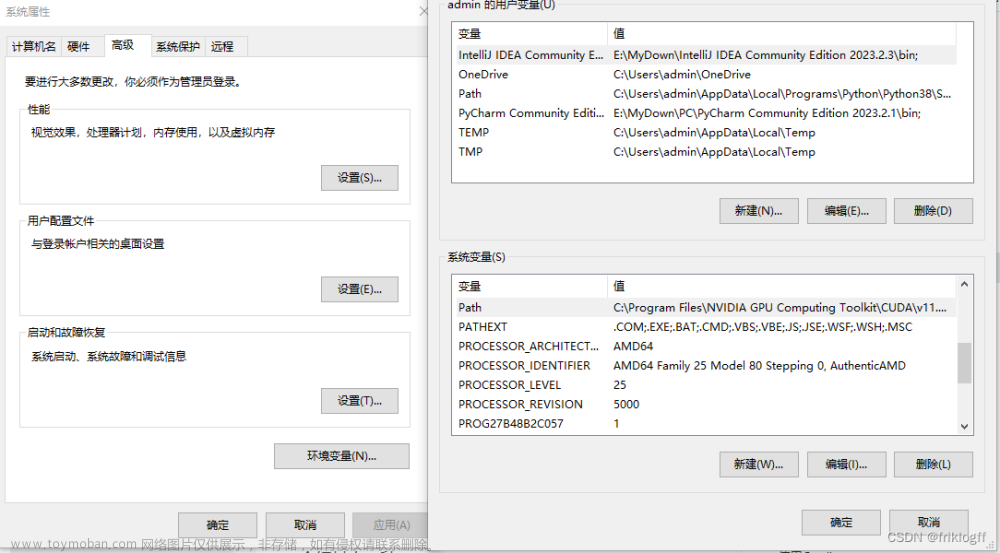RESTful API 是一种基于 REST(Representational State Transfer,表征状态转移) 架构风格的 API,它使用 HTTP 协议的方法(GET,POST,PUT,DELETE)来实现资源的创建、读取、更新和删除。通过这种方式,API 可以更加简单和灵活,使得不同编程语言之间的交互更加容易。
使用 RESTful API 构建 Web 应用程序的过程,通常包含以下步骤:
-
设计 API 的资源结构,每个资源应该具有一个唯一的 URL,同时使用 HTTP 方法来定义资源的操作。
-
实现具体的 API 功能,在服务器端开发和实现 API,包括处理请求,验证身份,操作数据库等。
-
在客户端使用 API,例如通过 JavaScript 或其他编程语言的 HTTP 请求使用 API 提供的服务。通常,可以使用现成的框架和库来帮助构建 Web 应用程序,例如 React、Angular、Vue 等。
-
测试和维护 API,确保 API 的功能和安全性,以及对应用程序的稳定性和可维护性进行监控和修复。
以下是一个简单的 RESTful API Java 示例,包括 GET,PUT,POST,DELETE:
GET 请求示例:
import java.io.IOException;
import java.io.OutputStream;
import java.net.InetSocketAddress;
import com.sun.net.httpserver.HttpExchange;
import com.sun.net.httpserver.HttpHandler;
import com.sun.net.httpserver.HttpServer;
public class RestfulAPI {
public static void main(String[] args) throws Exception {
HttpServer server = HttpServer.create(new InetSocketAddress(80), 0);
server.createContext("/hello", new MyHandler());
server.setExecutor(null); // creates a default executor
server.start();
}
static class MyHandler implements HttpHandler {
public void handle(HttpExchange t) throws IOException {
String response = "Hello World!";
t.sendResponseHeaders(200, response.length());
OutputStream os = t.getResponseBody();
os.write(response.getBytes());
os.close();
}
}
}
PUT 请求示例:
import java.io.IOException;
import java.io.OutputStream;
import java.net.InetSocketAddress;
import com.sun.net.httpserver.HttpExchange;
import com.sun.net.httpserver.HttpHandler;
import com.sun.net.httpserver.HttpServer;
public class RestfulAPI {
public static void main(String[] args) throws Exception {
HttpServer server = HttpServer.create(new InetSocketAddress(80), 0);
server.createContext("/update", new MyHandler());
server.setExecutor(null); // creates a default executor
server.start();
}
static class MyHandler implements HttpHandler {
public void handle(HttpExchange t) throws IOException {
// Process the PUT request here
String response = "Updated successfully!";
t.sendResponseHeaders(200, response.length());
OutputStream os = t.getResponseBody();
os.write(response.getBytes());
os.close();
}
}
}
POST 请求示例:
import java.io.IOException;
import java.io.OutputStream;
import java.net.InetSocketAddress;
import com.sun.net.httpserver.HttpExchange;
import com.sun.net.httpserver.HttpHandler;
import com.sun.net.httpserver.HttpServer;
public class RestfulAPI {
public static void main(String[] args) throws Exception {
HttpServer server = HttpServer.create(new InetSocketAddress(80), 0);
server.createContext("/add", new MyHandler());
server.setExecutor(null); // creates a default executor
server.start();
}
static class MyHandler implements HttpHandler {
public void handle(HttpExchange t) throws IOException {
// Process the POST request here
String response = "Added successfully!";
t.sendResponseHeaders(200, response.length());
OutputStream os = t.getResponseBody();
os.write(response.getBytes());
os.close();
}
}
}
DELETE 请求示例:文章来源:https://www.toymoban.com/news/detail-698785.html
import java.io.IOException;
import java.io.OutputStream;
import java.net.InetSocketAddress;
import com.sun.net.httpserver.HttpExchange;
import com.sun.net.httpserver.HttpHandler;
import com.sun.net.httpserver.HttpServer;
public class RestfulAPI {
public static void main(String[] args) throws Exception {
HttpServer server = HttpServer.create(new InetSocketAddress(80), 0);
server.createContext("/delete", new MyHandler());
server.setExecutor(null); // creates a default executor
server.start();
}
static class MyHandler implements HttpHandler {
public void handle(HttpExchange t) throws IOException {
// Process the DELETE request here
String response = "Deleted successfully!";
t.sendResponseHeaders(200, response.length());
OutputStream os = t.getResponseBody();
os.write(response.getBytes());
os.close();
}
}
}
总体来说,使用 RESTful API 构建 Web 应用程序,可以提高应用程序的可拓展性、可维护性、安全性和开发效率。文章来源地址https://www.toymoban.com/news/detail-698785.html
到了这里,关于什么是RESTful API,以及如何它使用构建 web 应用程序(InsCode AI 创作助手)的文章就介绍完了。如果您还想了解更多内容,请在右上角搜索TOY模板网以前的文章或继续浏览下面的相关文章,希望大家以后多多支持TOY模板网!













